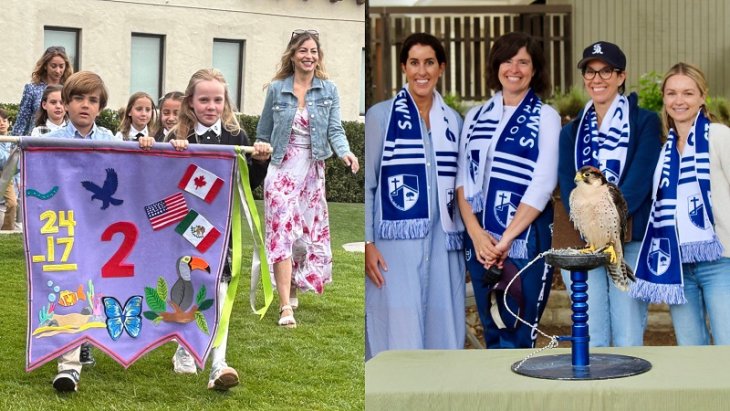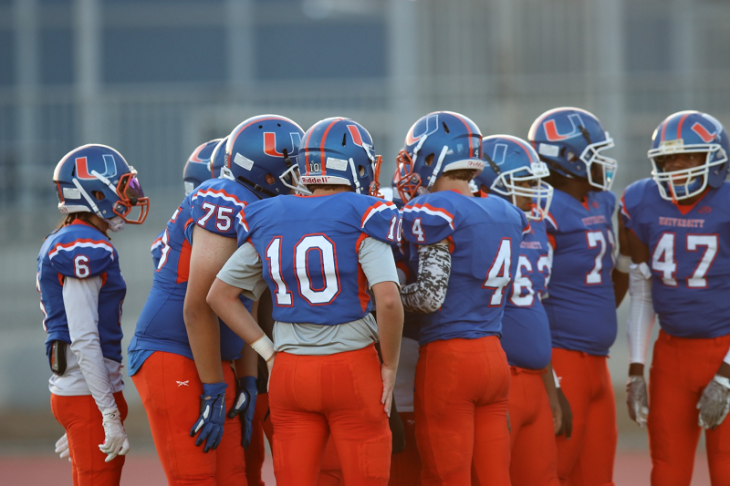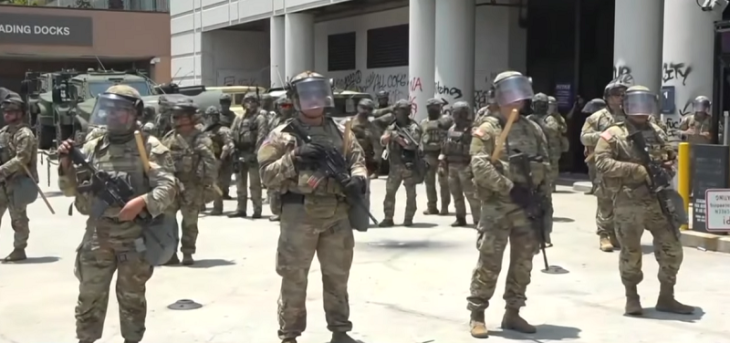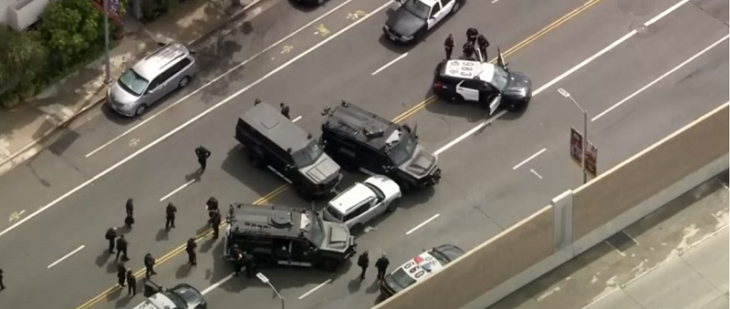FILM REVIEW
INDIANA JONES AND THE DIAL OF DESTINY
Rated PG-13
154 Minutes
Released June 30th

The director of Indiana Jones and the Dial of Destiny, James Mangold, calls his hero a “brilliant nerd who is also a badass.” This is the fifth installment, probably the last, of the Indian Jones franchise and the first sequel since 2008. Plans for five films in the series date back to the late 1970s when creator George Lucas and director Steven Spielberg laid out plans for four sequels. The current film also is one of the most expensive films ever made, with a budget of around $295 million, and Lucas and Spielberg are now executive producers.
I saw the movie on IMAX, and it is worth the extra money for the gigantic screen in this case because you can see that $295 million at work. The production value is unbelievable. The visual depth of every scene, no matter how fleeting, makes you feel like you are moving within it along with the actors. The exotic locations give life to the backdrop of the story – England, Scotland, the North Yorkshire Moors Railway, Morocco, Sicily, and Siracusa in Italy, including the Ear of Dionysus Cave toward the end. The international cast is a remarkable assembly of talent, some reprising roles from past Indiana Jones films.

Of course, there is no Indiana Jones without Harrison Ford, and there is no one who can pull off the look of “perpetually stunned” throughout an entire film like Ford can. Phoebe Waller-Bridge (Fleabag) is perfectly cast as the sarcastic, whip-sharp, now grown-up goddaughter to Jones, who does not buy into the whole romance of the story. John Rhys-Davies reprises his role as “Sallah.” Karen Allen makes a touching return as “Marion Ravenwood. Shaunette Renee Wilson (from Black Panther and Billions, is introduced as “Mason.” The acclaimed Danish actor Mads Mikkelsen brings alive a new character, the Nazi “Dr. Voller,” with great sensitivity. A career to watch is young Ethan Isidore, who plays the street urchin “Teddy.” One of the most important scenes in the movie, which may be easy to miss, is commanded by Alton Fitzgerald White, a black hotel porter who is asked by a group of Nazis where his family is from. The questioners don’t seem to be satisfied with his statement that his roots are in American cities.
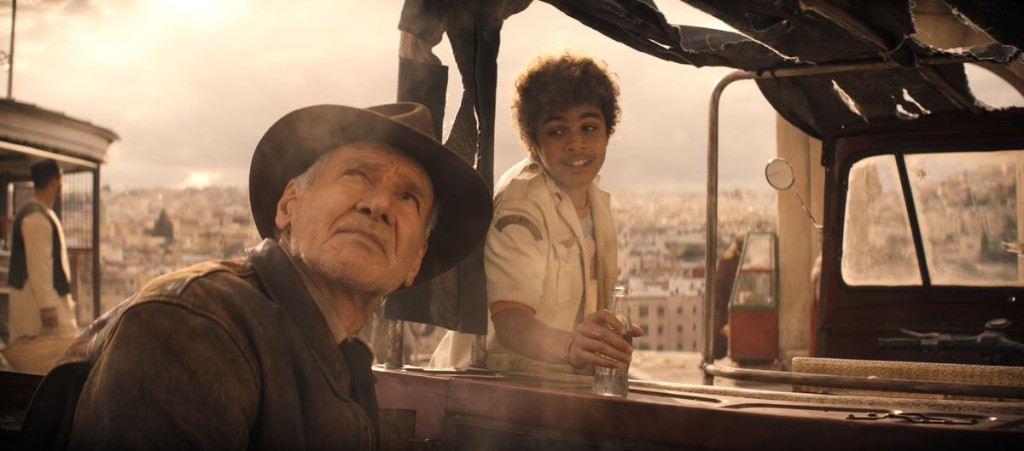
Mangold has done a good job of capturing the style developed by Lucas and Spielberg. Indiana Jones and the Dial of Destiny is not a tour de force; it’s a rambling tale, a rip-roaring adventure, something like the Greek poets or medieval troubadours would recite in song from village to village, a little nostalgic, a little unfocused, a lot wild and crazy. This is a moviemaker’s movie. The plot gets perhaps overly complicated through the middle. For a while, there were too many back-to-back battles and fights. Mangold could have cut 35 minutes from the film but probably didn’t want to because the scenes are so beautifully shot. The film is still mesmerizing because of the vivid cinematography, expertly fluid editing, lush, varied landscapes, and gritty urban settings. The last few minutes are extraordinary. The story comes full circle, and the characters show courage and heart. The concept of the tale is the flexibility of time from an ancient point of view, and that in itself is intriguing and timely (no pun intended) because we are now seeing our modern concepts of time blown apart by new findings in astrophysics.
Kathryn Whitney Boole has spent most of her life in the entertainment industry, which has been the backdrop for remarkable adventures with extraordinary people. She is a Talent Manager with Studio Talent Group in Santa Monica. kboole@gmail.com










